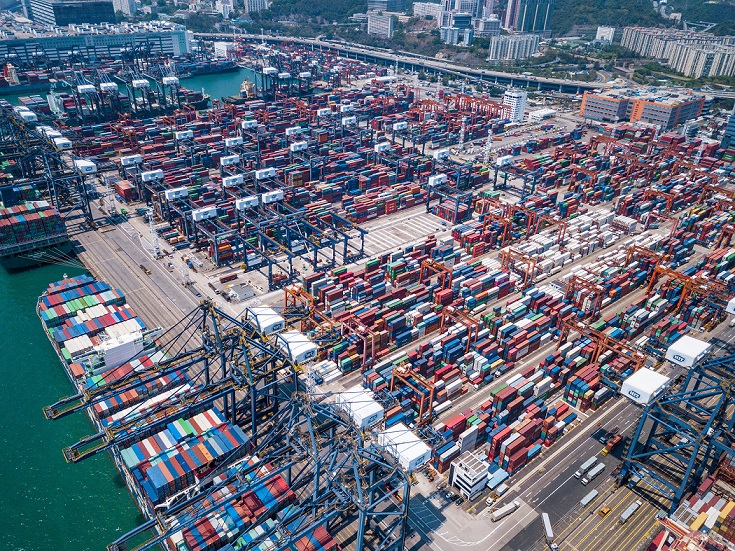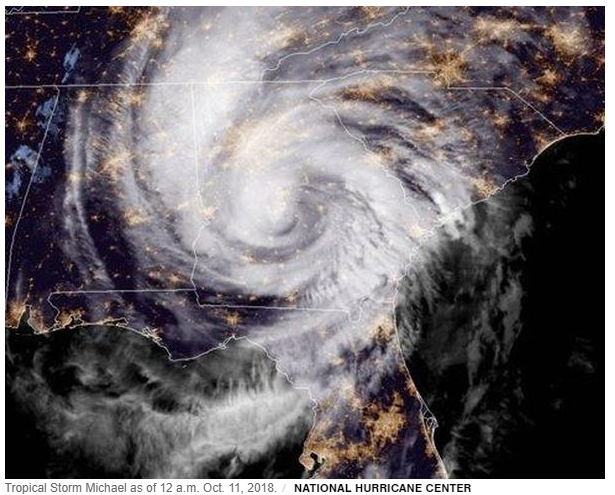Shipping and Logistics

Trucking on Emergency Alert for Hurricane Relief
Written by Sandy Williams
October 10, 2018
Damage from Hurricane Michael will result in trucking delays in the Southeast, at least for the short-term. Emergency declarations are in effect for Alabama, Florida, Georgia, Louisiana, Mississippi, North Carolina, South Carolina and Tennessee.
Some regulations will be suspended for trucks assisting with emergency relief, including hours of service restrictions while providing assistance in the region. The declaration will be in effect for 30 days and will apply to transportation of supplies, equipment, fuel and people.
DAT advised that hurricanes affect freight movements in three stages:
- Before the storm, shippers move freight from the region. Outbound rates rise sharply in the area of expected landfall. Due to Hurricane Michael’s timing at the close of the quarter, rates were expected rise anyway, said DAT.
- During the storm, no truck shipping is underway.
- After the storm, emergency supplies are transported into the region causing a temporary spike in inbound rates. Van and reefer freight move into the affected area first, followed by flatbeds hauling construction equipment and materials.
Hurricane Michael, now a Category 1 storm, is continuing its way across Georgia and the East Coast and is expected to cause additional flooding.
Multiple Florida roads are closed in the wake of the hurricane, including nearly 80 miles of Interstate 10 west of Tallahassee. Numerous road closures have been reported in Georgia and the Carolinas as trees and flooding prevent safe passage of vehicles.

Sandy Williams
Read more from Sandy WilliamsLatest in Shipping and Logistics

US Great Lakes iron ore cargoes down notably through May
The Lake Carriers' Association reported a considerable decline in monthly iron ore shipments from US ports on the Great Lakes.

Wittbecker: West Coast port congestion
What's going on in West Coast ports?

Wittbecker: Mexico invests in port capacity despite US tariff troubles
The Mexican government aims to transform Manzanillo into the largest seaport in Latin America, capable of processing some 10 million TEU (20-foot equivalent units) per year by 2030. It is already Mexico's largest port and the third largest in Latin America, handling nearly 4 million 20-foot containers in 2024.

Wittbecker on Aluminum: When do the tariffs reach Main Street?
Containers sailing from China in April are down 15%-20% and Hapag Lloyd says their future bookings transpacific are down 30%.

Wittbecker on Aluminum: US-China trade war clobbers cross-Pacific trade
Container shipping lines have sharply increased blank sailings on Transpacific routes in response to escalating trade tensions between the US and China.

